- Overview
-
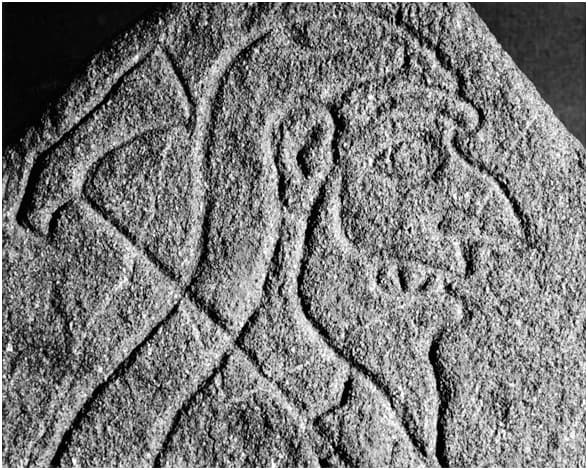
The Picts are a 'lost people of Europe' and a past society of enduring public fascination. First mentioned in late Roman writings as a collection of troublesome social groupings north of the Roman frontier, the Picts went on to dominate northern and eastern Scotland until late first millennium AD. The emergence of the Pictish kingdoms was part of broader change in northern Europe that laid the foundations for the modern nation states of Europe. The major legacies of the Picts include some of the most spectacular archaeological sites and artistic achievements of Early Medieval European society. However, all trace of the Picts disappeared from the written records in the 9th century AD, and only limited and contentious documentary sources survive.
Northern Picts is a project that aims to uncover the archaeological traces of Pictish society in northern Scotland. The project to date has had some spectacular successes. We have begun to uncover a major and undocumented Pictish royal centre at Rhynie and discovered a significant portion of a major Pictish silver hoard at Gaulcross. We have scaled sea cliffs to discover forgotten Pictish forts and centres of power.
Our community-embedded project relies on the enthusiasm, and logistical and financial support, of a wide range of sponsors. Any and all donations are gratefully received and carefully used to further our research. We need your help to uncover more about this fascinating group of early people of Europe.
Click on the JustGiving logo or here to donate.
- Our Research
-
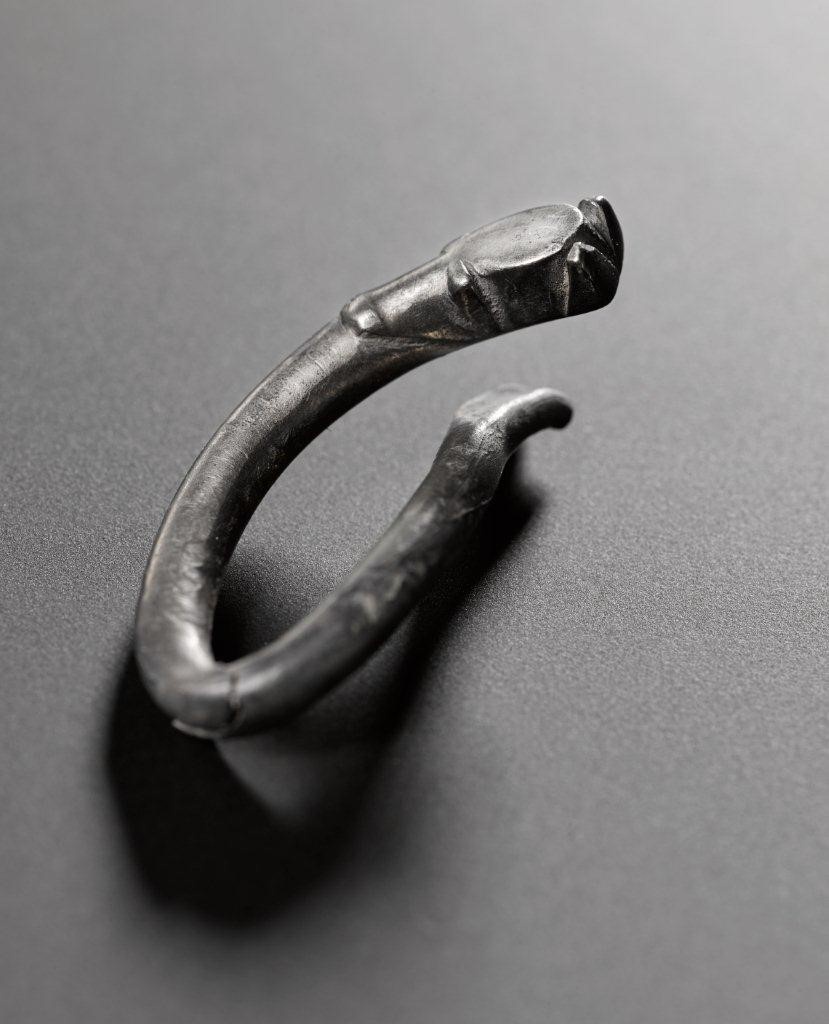
To date Northern Picts has investigated a whole series of Pictish sites in northern Scotland through large-scale excavation, survey and targeted fieldwork. Some of the sites investigated so far include:
The Gaulcross silver hoard
In 1838 on the Ley Farm a silver hoard dating to the Pictish period was discovered. It was found when two stone circles were ruthlessly removed from the land by an improving farmer. Some of the stones of the circles were destroyed by dynamite and the rest dismantled and carried away as building stone. 19th century accounts suggest numerous items were found, but of these artefacts only three survived into the modern period and are now cared for by the National Museum of Scotland. In 2013 the Northern Picts project along with the National Museum of Scotland returned to the site and undertook a programme of fieldwork that led to the discovery of more than 100 new objects from the hoard. The objects recovered include late Roman material including coins and military equipment and fragments of native brooches, bracelets and pins. The hoard dates to the 6th-7th century AD. The new fieldwork has revealed that the Gaulcross hoard was much larger than previously known and is now the northernmost (pre-Viking Age) Hacksilver hoard in Europe and one of only two comparable hoards known from Pictland.
Excavations at 'royal' Rhynie
Since 2011 the Northern Picts project has been working at Rhynie, Aberdeenshire. The placename Rhynie derives from early Celtic (Pictish) rīg, 'king', and our work at the site suggests Rhynie was an early royal centre of the Picts during the 5th and 6th centuries AD. Excavations in 2011-12 uncovered a series of fortified enclosures where one Pictish symbol stone, the Craw Stane, still stands today and two others including the iconic Rhynie Man was discovered in the 1970s. The excavations revealed a rich material assemblage including sherds of Late Roman wine amphorae imported from the eastern Mediterranean, sherds of glass drinking beakers from France and high-status metalwork. The metalworking evidence includes moulds and crucibles for production and an incredibly rare set of fine metalworking tongs. The high-status metalwork also includes an axe-shaped pin with a serpent design that resembles the axe carried by the Rhynie Man. We have also found traces of the contemporary cemetery that went alongside the fortified settlement and uncovered the remains of Pictish burial mounds including the partially preserved remains of an adult female buried within one of the barrows. Ongoing work at Rhynie aims to uncover more of the royal complex and understand a site that clearly encompassed elements of settlement, burial, cult and ceremony - key components of an early royal pagan centre of Pictland.
Images (below left): 2012 excavation trench at Rhynie and the Craw Stane Pictish symbol stone
Image (below right): Axe shaped pin with serpent design from the 2012 excavations at Rhynie
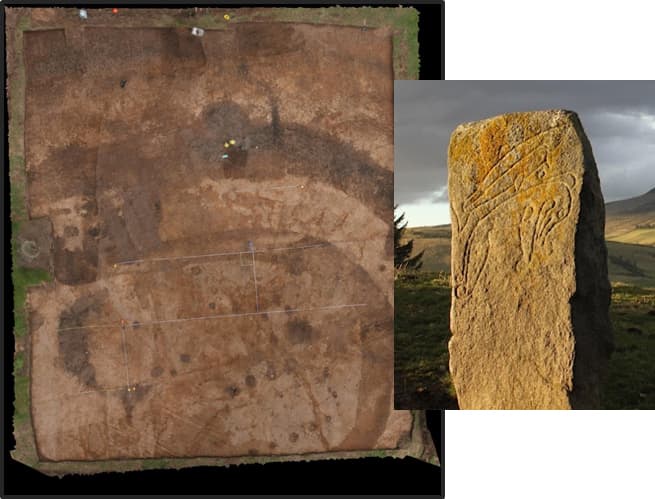
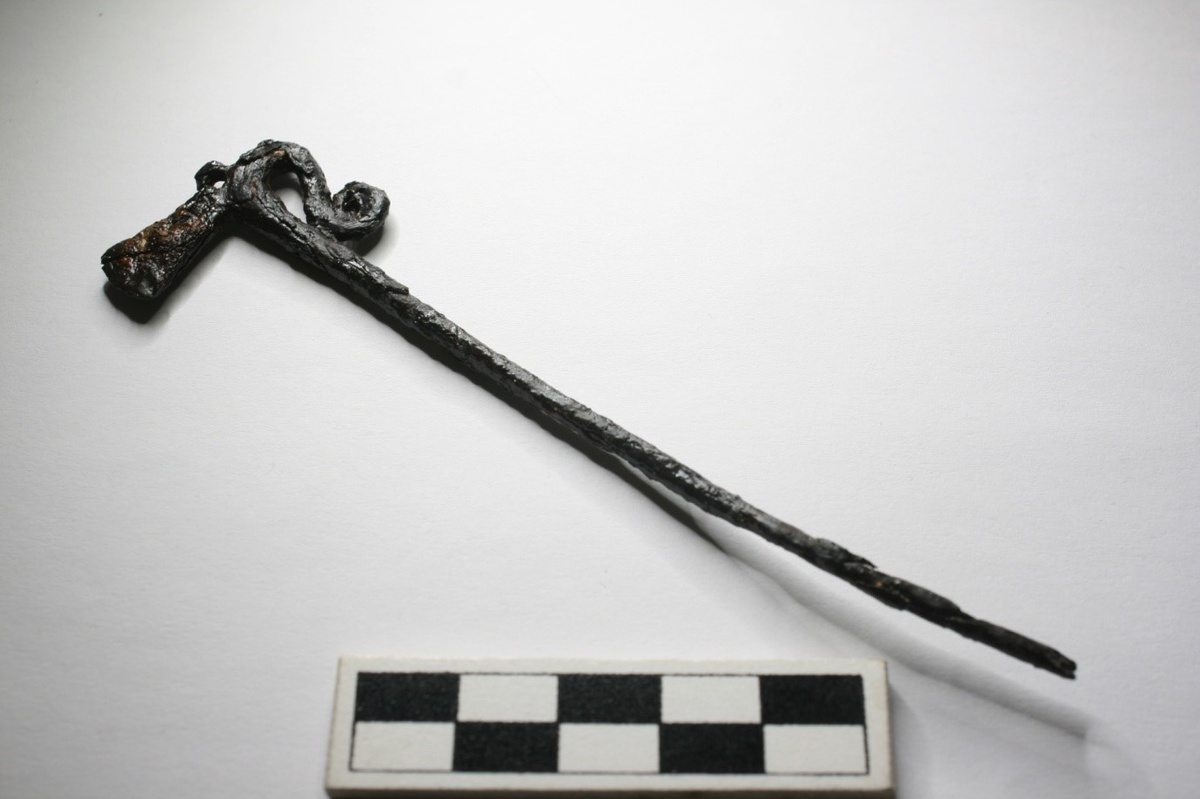
Sea stack adventures at Dunnicaer
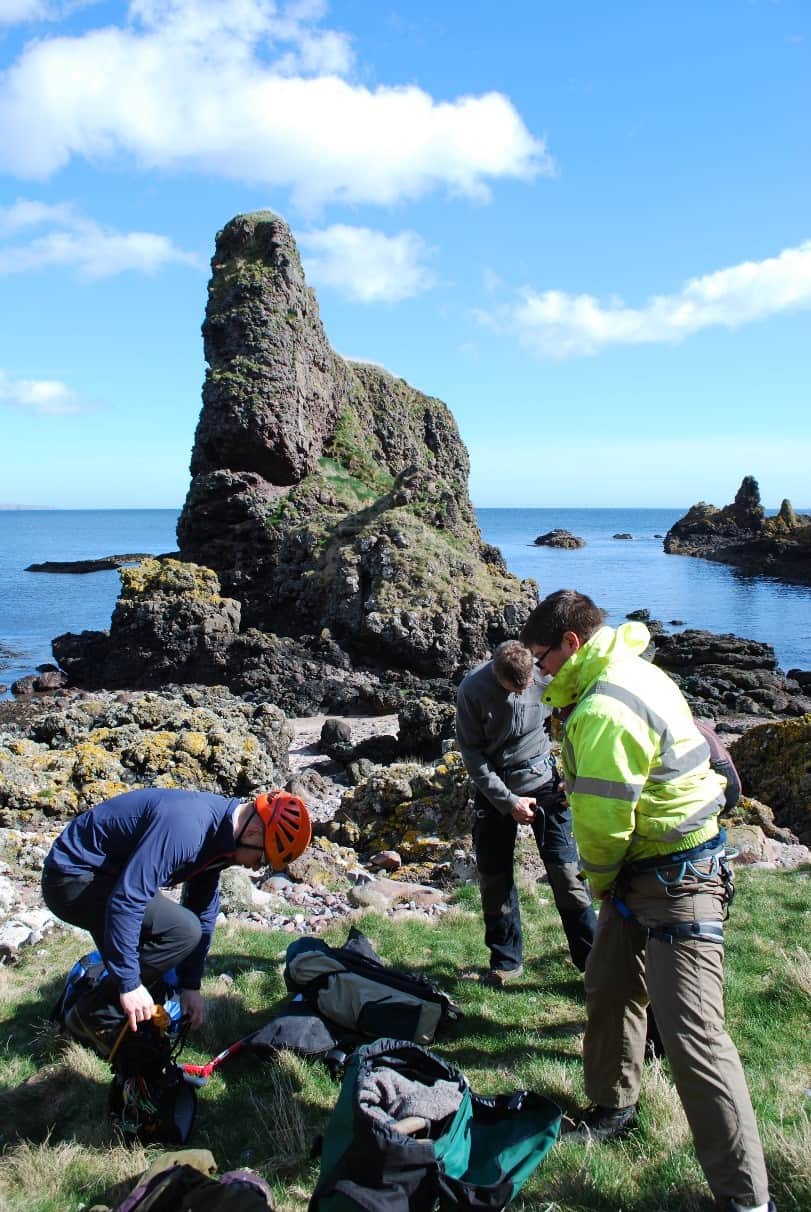
In 2015 we worked with mountain climber Duncan Paterson to explore a sea stack off the east coast of Scotland, near Stonehaven, and identified the remains of a previously unknown Pictish fort. In the 19th century a number of carved Pictish stones were found on the stack, but little was known about their context. The site is cut off at high tide and surrounded by sheer cliff faces on all sides and had only been visited by a handful of archaeologists. After scaling the stack we found the remains of a fortified site divided into two terraces. Later erosion had removed significant parts of the fort, but evidence for a timber and stone rampart and internal buildings survived. Radiocarbon dates from the 3rd and 4th centuries AD makes Dunnicaer the earliest Pictish fort known and puts into context a series of Pictish stones that were always seen as being very unusual or very early in the sequence of Pictish symbol stone monuments. The fort is just a few kilometres from Dunnottar Castle which was clearly a key Pictish centre of power with references to sieges at the site in the 7th century AD.
Monumental roundhouses on the Tarbat peninsula
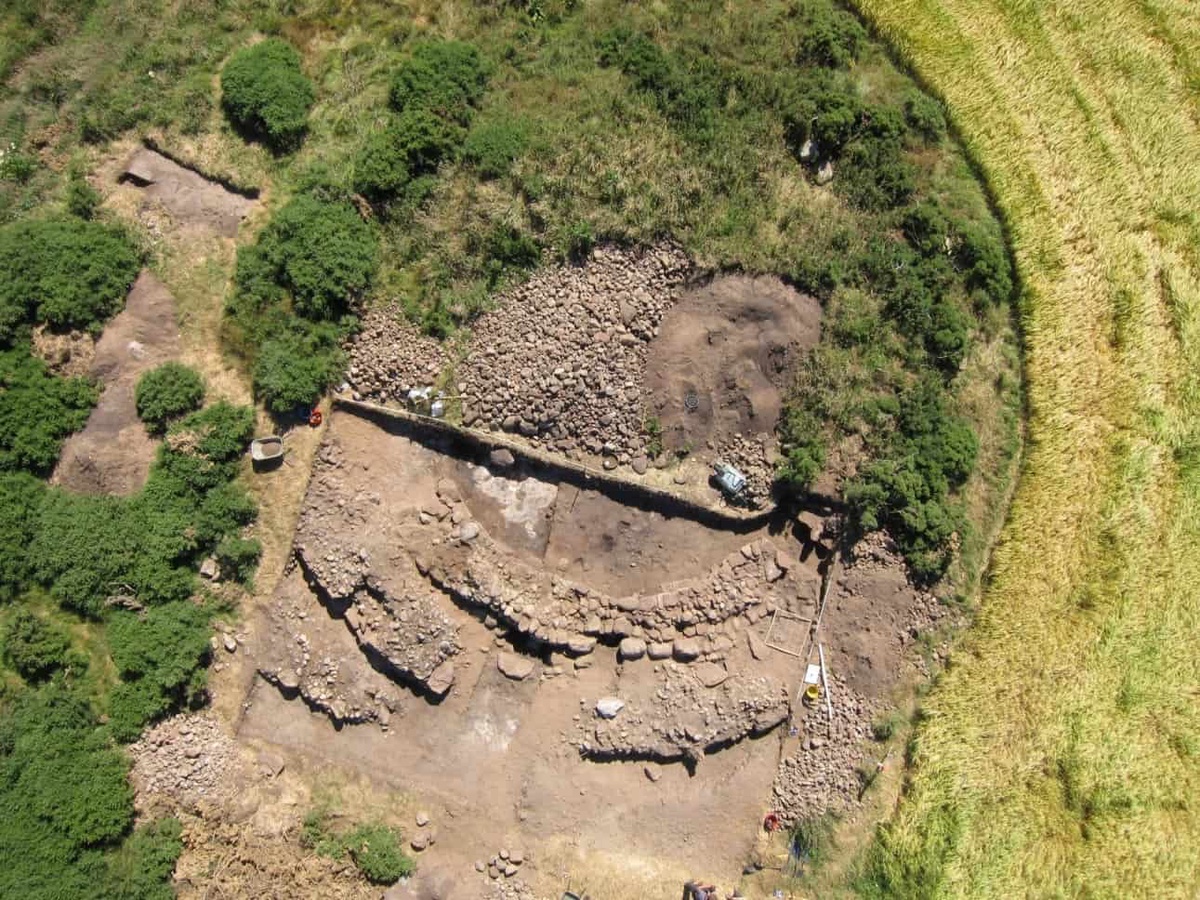
Portmahomack on the Tarbat peninsula appears to have been one of the major early churches of the Kingdom of Fortriu, the most powerful kingdom of the Picts. Work by Professor Martin Carver of the University of York from 1995-2006, in one of the largest research projects ever conducted on a Pictish site. The church represents one of Britain's earliest dated Christian sites and was a vibrant centre before its destruction in the period 780 -830 AD. Northern Picts in 2012-2015 investigated the long-term development of the peninsula through a series of excavations on number of monumental roundhouses on the peninsula and near environs. The excavations revealed an extraordinary sequence of major building projects from 750 cal BC to AD 350. They provide an important background narrative to the development of the monastery at Portmahomack. The latest site excavated, Tarlogie near Glenmorangie distillery showed evidence of metalworking in the 3rd and 4th centuries AD in the early Pictish period.
- Community
-
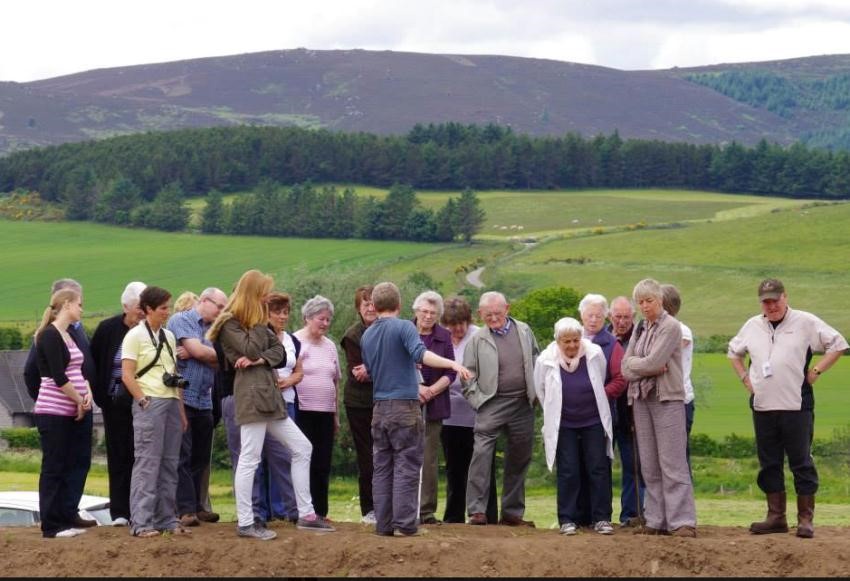
Our work at Rhynie led to the creation of the artist collective Rhynie Woman a group that aims to enhance community awareness of the rich heritage of Rhynie. They organize events and work alongside the archaeologists to engage the local and wider community with the Pictish past and the contemporary landscape through artistic projects, music, culture, etc. Follow Rhynie Woman on Facebook here.
- Follow Us
-
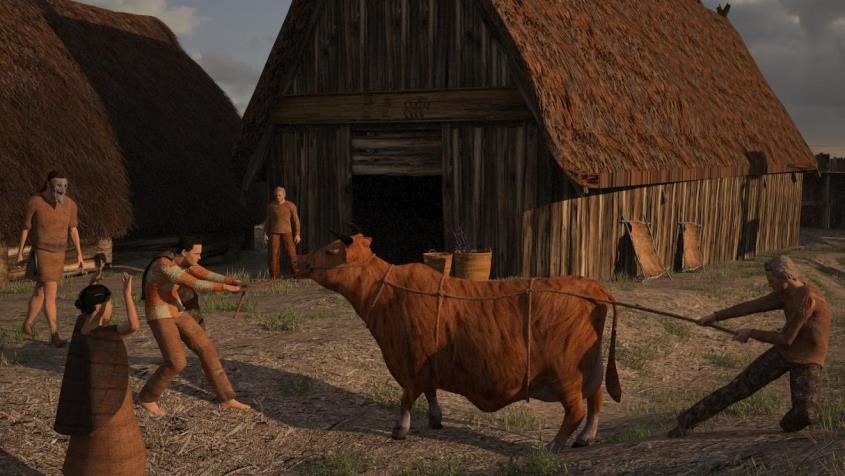
The project has a very active facebook page where we post pictures of fieldwork, radiocarbon dating results, links to publications and press and more general learning resources on the Picts.
We also have annual reports, available upon request.
The project director Gordon Noble gives very regular lectures on the project. You can see recordings of a few of these here:
- Royal centres conference - lecture of the Pictish royal centre at Rhynie and its cult dimensions
- Landscapes of Power at the Society of Antiquaries conference on Scotland in Early Medieval Europe
Academic publications:
- Noble, G., Gondek, M., Campbell, E. & Cook, M. (2013). 'Between prehistory and history: the archaeological detection of social change among the Picts'. Antiquity, vol 87, no. 338, pp. 1136-1150.
- Noble, G. & Gondek, M. (2011). 'Symbol Stones in Context: Excavations at Rhynie, an Undocumented Pictish Power Centre of the 6th-7th Centuries AD?'. Medieval Archaeology, vol 55, pp. 317-321.
- Gondek, M. and Noble, G. (2011). 'Together as one: the landscape of the symbol stones at Rhynie, Aberdeenshire'. in ST Driscoll, J Geddes & MA Hall (eds), Pictish Progress: New studies on Northern Britain in the Middle Ages. Brill Academic Publishers, Leiden, pp. 95-110.
Popular publications:
- Noble, G, Goldberg, M, McPherson, A and Sveinbjarnarson, O. (2015). 'Rediscovering the Gaulcross Hoard'. p. 38-43, British Archaeology, Jul/Aug.
- Noble, G. & Gondek, M. (2014). 'A very royal place': Rhynie and the Picts. p. 22-28, Current Archaeology, 289 April.
- Noble, G. & Gondek, M. (2011). 'A Dark Age Power Centre at Rhynie'. p. 36-41, British Archaeology, Sept/Oct.
Many of these publications are available for free download here.
- Partners & Funding
-
Partners
Northern Picts works closely with our partners the Tarbat Discovery Centre where exhibitions on the project can be seen each year. The Tarbat Discovery Centre displays the findings of the only excavated Pictish monastery in Scotland as well as the heritage of the Tarbat peninsula.

Funding
Northern Picts is funded by the University of Aberdeen Development Trust and Historic Environment Scotland as part of Scotland's Archaeology Strategy. You can also help fund this research though public donatations.
- Support Us
-
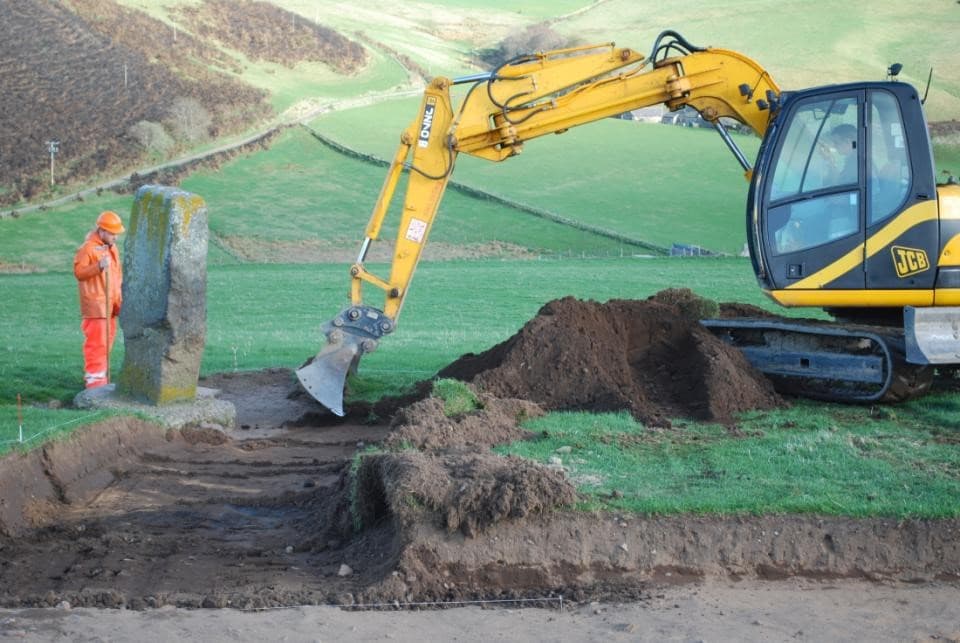
Projects of this nature cost a lot - the fieldwork costs alone amount to thousands of pounds and we also need to fund radiocarbon dating, post-excavation analysis, equipment and consumables. Much of the money we have raised to date has come from generous private donations as well as small grants from charities and research funders.
- You can help by making an online donation to support the work of Northern Picts.
- You can also post us a UK cheque to: Northern Picts, Department of Archaeology, University of Aberdeen, St. Mary's, Elphinstone Road, Aberdeen, AB24 3UF, Scotland, UK
- Our bank details are also available if you would like to transfer money that way. Please email us for details.
All donations will go directly to the costs of running the excavations and surveys that are an essential part of our project. We work with students and volunteers so our staff costs are low, but costs of accommodation, scientific analysis and consumables amount to tens of thousands of pounds per year. Huge amounts of information can be gained from examining in detail the artefacts recovered and the soils and environmental evidence provide a rich picture of Pictish society, but only if we have the funds to allow analysis to take place. We also work with local schools, provide volunteering opportunities and run an intensive social media and press programme to spread the results of our project far and wide to a wide demographic. As an example of what your donations can provide:
- £10 can provide a batch of sample bags and finds bags for storing artefacts and environmental information
- £50 can provide basic conservation materials for artefacts
- £300 funds a radiocarbon date
- £5000 would fund a major excavation for a week


